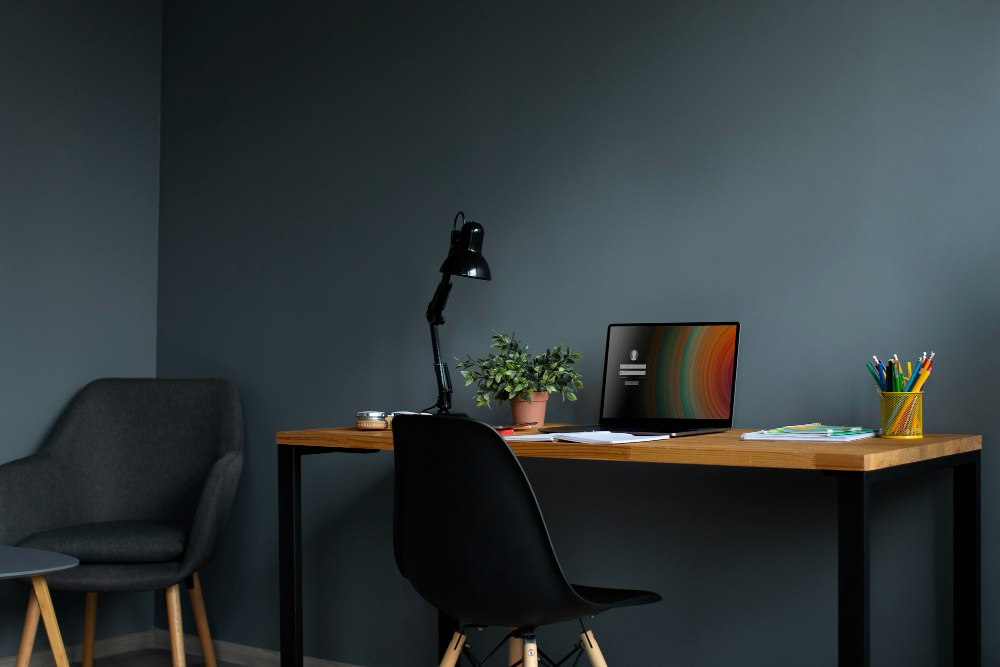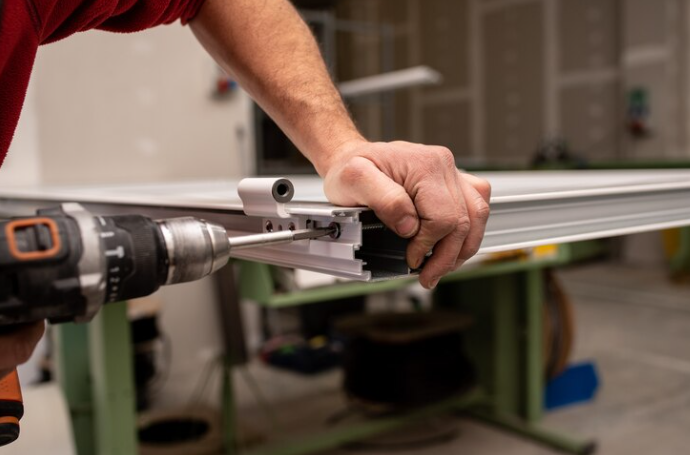Getting the home office design right is crucial, especially now that so many of us are working from home more often. So how can you design a room that guarantees a productive environment, regardless of the size of the space you are working with?
Consider the function of your home office first. A room that’s part home office, part homework study, and part home admin centre might look better decorated to match the rest of your home – especially if it’s part of an open plan scheme. If you’ll be working in there on a daily basis, creating a different feel from the rest of your rooms may help you to focus.
Find a tonne of lovely home office ideas in our design collection, whether it’s a dedicated room, a built-for-purpose garden room, or a modest study area with huge ambition.
CHOOSE A LOCATION THAT BEST SUITS YOUR WORKING STYLE
The location of your home office should be the first – and likely the most crucial – consideration when designing one. Take into account the needs of the individuals you live with as well as your working habits and the type of your job.
A garden office room, garage conversion, or home office in a loft conversion is best if your work is solitary and demands peace and seclusion. Check out our professional guide to sheds and garden rooms if you’re eager to add a garden office room.
On the other hand, if you manage a small business from home while keeping an eye on kids, your office might need to be close to the living room or kitchen, possibly in an underutilised dining room. A cabinet workstation can be the best option in this situation.
Another option is to use a spare bedroom, a corner of a bedroom, or a living space if you just don’t have the space elsewhere. For more inspiration, see these compact home office designs.
WHAT DO YOU NEED IN YOUR HOME OFFICE?
Asking yourself a series of questions can help you decide what is required in your workspace while constructing a home office:
How much room on your desktop do you need?
How much storage do you require?
What printing specifications do you need?
Isolating yourself from noise and commotion inside the home is something you value highly.
How much of your time is spent on the phone, and do you use any other technology while you’re talking?
Do you need access to a book library or samples?
Are you messy, and do the other residents of the house have to ignore your clutter?
ALWAYS DESIGN YOUR HOME OFFICE WITH TECH NEEDS IN MIND
The best option for running cables to a power point if your desk is in the middle of the room is flexible plastic trunking. Purchase a power supply that may be placed under the desk to charge your home office equipment. Use a dual-purpose desk lamp that supports wireless charging to top off your smartphone.
Make careful to account for lighting, laptops, printers, TVs, music systems, and charging stations. With custom units, you may specify how many power points you want and where cables need to go. A mini-fridge and tea/coffee making capabilities might also be useful.







